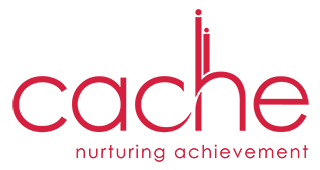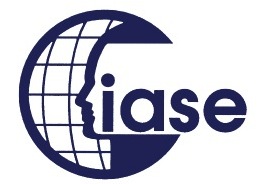5 Tricks to Make the Classroom Settings More Interactive For Autistic Students
22nd February 2018

Dealing with an autistic child has always been a challenge for families or any educational institutes. Caregivers (bee it parents or teachers) have to bear with the emotional or cognitive challenges. This is especially with respect to an overall growth and development of an autistic child.
Educators and counsellors are building hopes among these little wonders to think beyond what is generally perceived as ‘normal’. Many autistic children are ‘gifted’ and ‘intelligent’, opposing the general idea of them as completely disable. It depends on how you make them unlearn processes to communicate effectively with the world. But then, how to become a dyslexia specialist? as you intend to teach them life-coping skills.
While deciding on how to tackle the issues of life, you can note on these five tricks best suited for children with Autistics syndrome. The following points can be noted down to prepare your classroom managing skills.
- Use the Kinaesthetic pattern – Autistic children are gifted as per many research interpretations made by professional psychologists. Thus, the best way to activate the sensory-motor of these children is to use audio-visuals. Learning becomes conducive if you play a short song in-between of the classes or activities. For instance, you want to make them identify colours which make a RAINBOW, use a rhythmic song as many of them acquire a strong musical sense that helps them to relate to your teaching patterns.
- Take it from the Technology – Modern times saw the boom of education technology which integrates with the learning management system. Children with autism syndrome learn playfully through music and voice and you can create animated videos which will make them learn and feel at ease. While viewing those lessons they may get distracted, be patient and tender without using idioms like ‘please pay attention’ as this will distance you from the children. Students with Autistics are most sensitive in nature and thereby will be left baffled if you use such idioms to refer them.
- Deliver a clear set of instruction - Being a teacher, you are required to guide students by outlining a set of norms. These can be connoted as ‘instructions’ either used to learn a particular lesson or to be followed by the classroom settings. Generally, these children find it difficult to respond to multiple instructions at one go! Instead, plan the activities in such a way wherein you can chalk down the instructions in small numbers. Thereby making the instructions manageable for them to perform succinctly.
- Be precise, write it down & say it loud – Facilitators of the ACT would also advise teachers to arrange short activities after reading a paragraph of any particular lesson. This institute which has been working since 2007 to guide tutors dealing with Autistics students offer autism training courses online. As a part of your curriculum ACT facilitators shares to use close-ended question like ‘do you want to read now?’, avoiding close-ended questions. The close-ended questions generally leave them to stand in a complex zone, where they fail how to react or decide when given alternative choices! Again it will be wise to pen down instructions both in written and verbal format for best results.
- Bring out their bests –Cases of autistic children unable to learn any language may be common but it is not uncommon to know that many are art lovers! Pablo Picasso, an artistic and Wolfgang Amadeus Mozart, a composer are great names from the pages of history. Thereby, to give wings to those hidden talents of your students you can read from the previous post,
http://specialeducationcourses.college/blogs/53-How-to-become-a-Dyslexia-Specialist-det.php








